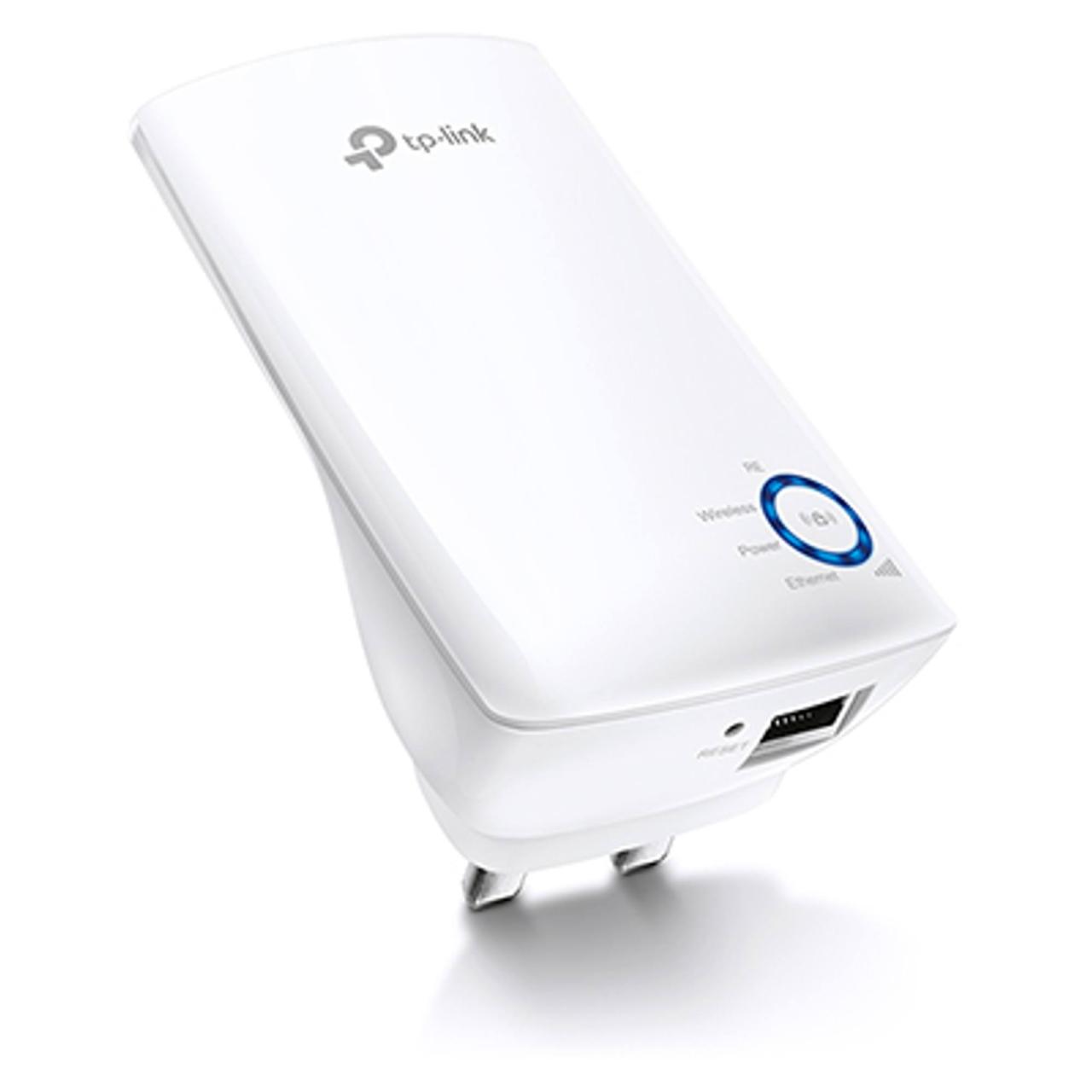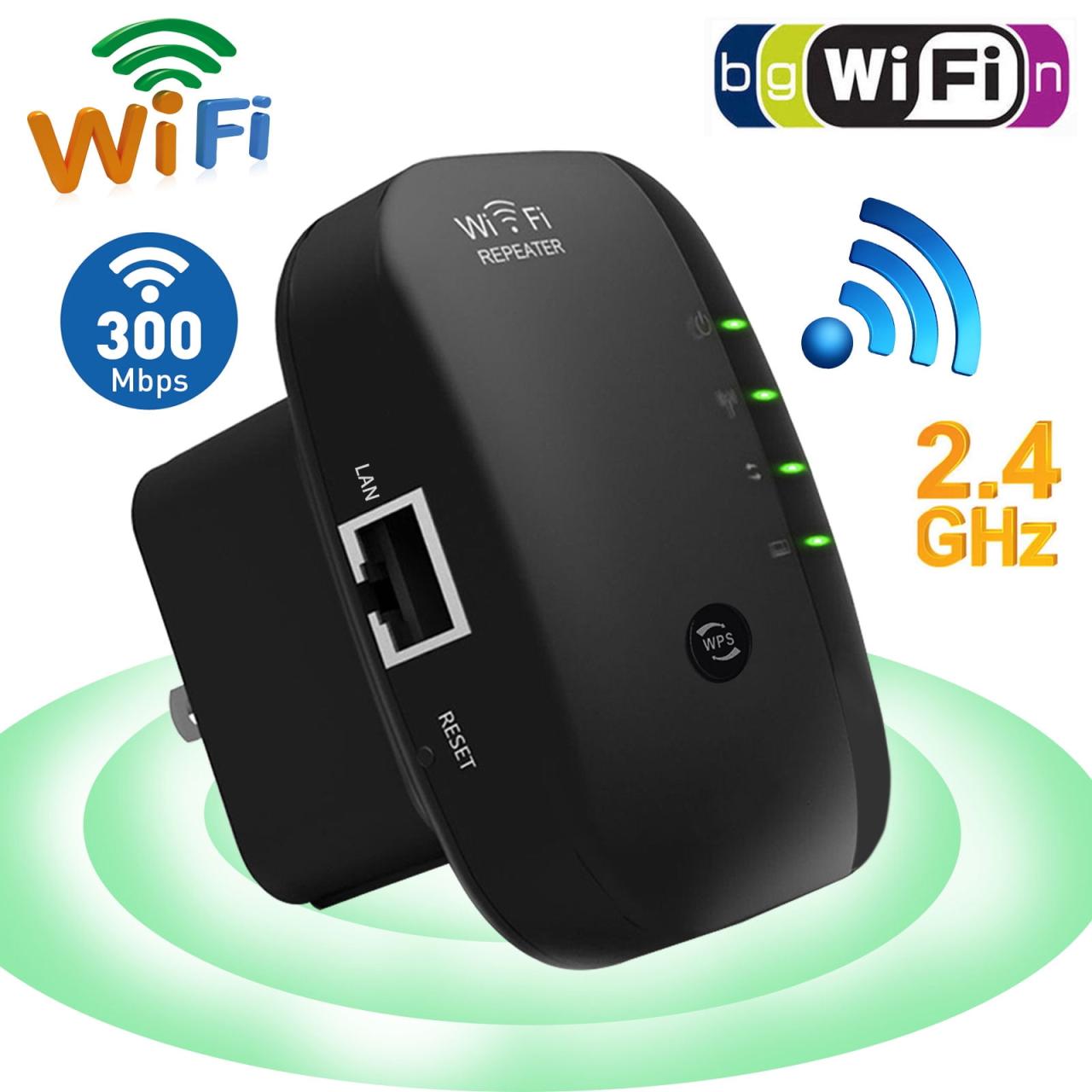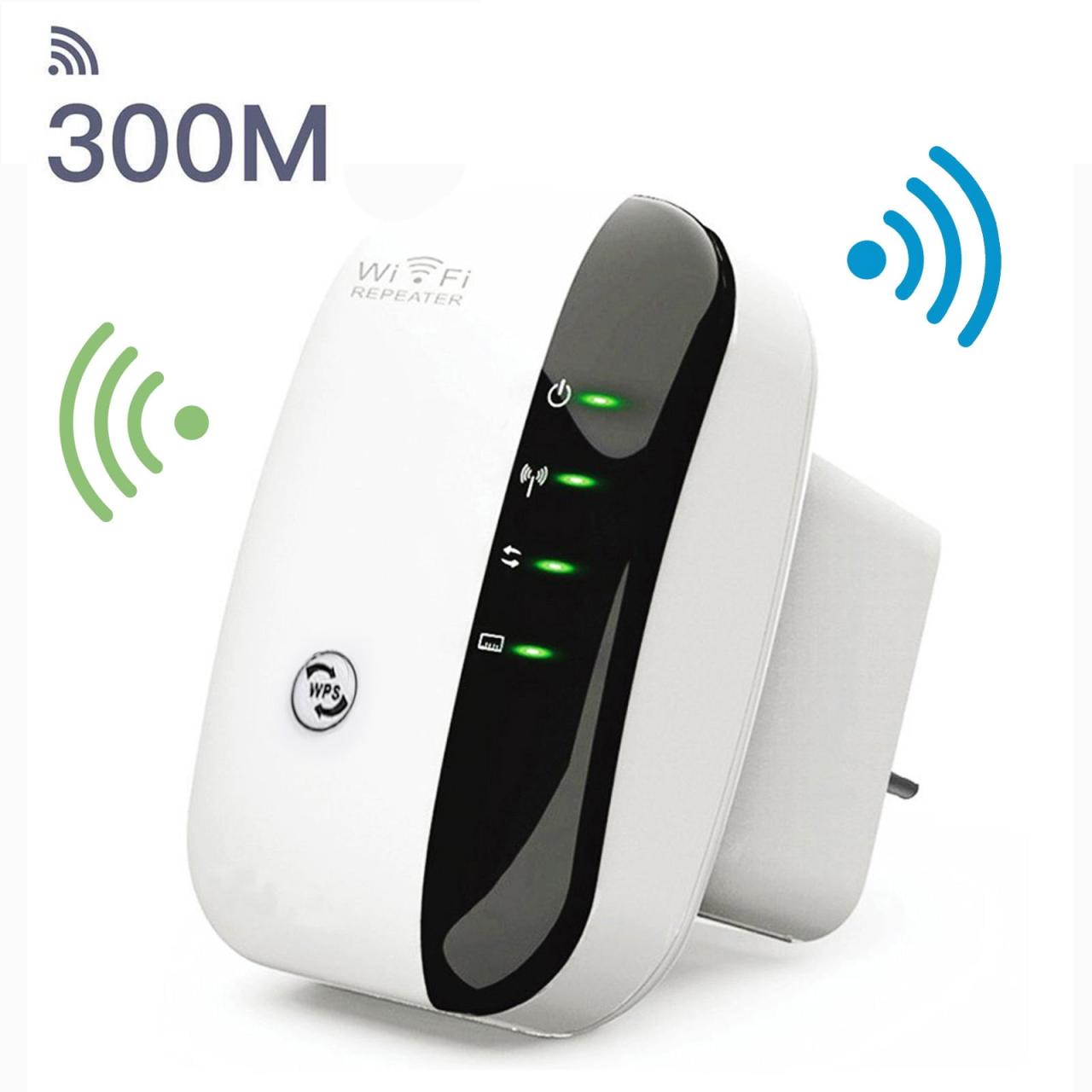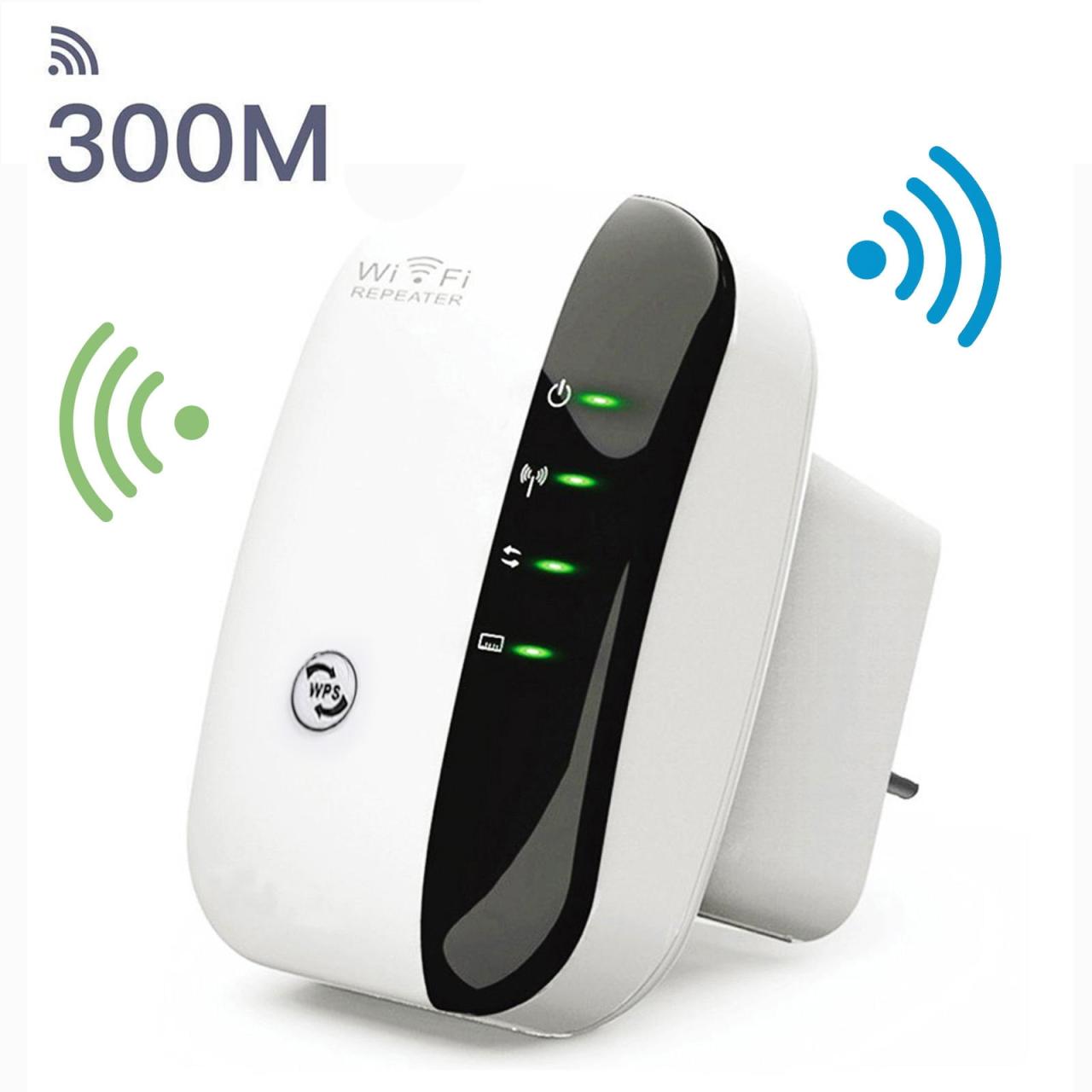Amplificateur Wifi, or Wi-Fi extender in English, is your secret weapon against frustrating dead zones and weak signals. This guide will walk you through understanding how these devices work, choosing the right one for your needs, and optimizing your home network for maximum performance. We’ll cover everything from basic setup to advanced features, ensuring you get the most out of your Wi-Fi.
From understanding the different types of extenders (range extenders, powerline adapters, mesh networks) to mastering the art of optimal placement and troubleshooting common issues, we’ll equip you with the knowledge to conquer your Wi-Fi woes. We’ll also delve into important security considerations to keep your network safe and sound. Get ready to say goodbye to buffering and hello to a strong, reliable Wi-Fi connection!
Understanding “Amplificateur Wifi”
An “amplificateur wifi,” or Wi-Fi extender in English, boosts your existing wireless network’s signal to reach areas with weak or no coverage. This is crucial for larger homes or areas with obstacles that interfere with Wi-Fi signals. Let’s explore the different types and technologies involved.
Types of Wi-Fi Extenders
Several types of Wi-Fi extenders cater to different needs and home setups. These include range extenders, powerline adapters, and mesh networks, each with its own strengths and weaknesses.
So, you’re thinking about getting a wifi extender, an amplificateur wifi, to boost your signal? That’s smart! Good signal is crucial, especially if you’re into tech. For example, imagine the chaos if a drone’s wifi signal failed – like in that crazy drone crash paris incident. A strong wifi signal is essential for smooth drone operation and, you know, preventing accidents.
Getting a good amplificateur wifi is a great preventative measure for your own tech, too.
- Range Extenders: These are the most common type, receiving a Wi-Fi signal and rebroadcasting it. They’re relatively inexpensive and easy to install.
- Powerline Adapters: These use your home’s electrical wiring to transmit data, extending your Wi-Fi to areas far from your router. They can be effective but are sensitive to electrical noise.
- Mesh Networks: These consist of multiple nodes that work together to create a seamless Wi-Fi network across your home. They generally offer better performance and more consistent coverage than range extenders.
Technical Principles of Wi-Fi Signal Amplification
Wi-Fi extenders work by receiving the existing Wi-Fi signal, amplifying it, and retransmitting it on the same or a different channel. The process involves receiving the signal through an antenna, decoding the data, amplifying it, and re-encoding it before transmitting it on a new signal. The effectiveness depends on the extender’s capabilities and the environmental factors.
Factors Influencing Wi-Fi Extender Performance
Several factors significantly impact the performance of a Wi-Fi extender. Understanding these is crucial for optimal placement and setup.
- Distance from the router: The further the extender is from the router, the weaker the initial signal it receives, leading to reduced performance.
- Obstacles: Walls, furniture, and appliances can significantly weaken Wi-Fi signals, affecting the extender’s range and speed.
- Frequency: 2.4 GHz and 5 GHz frequencies have different properties. 2.4 GHz has better range but lower speeds, while 5 GHz offers higher speeds but shorter range.
Comparing Wi-Fi Extender Technologies
Each Wi-Fi extender technology offers unique advantages and disadvantages.
| Technology | Advantages | Disadvantages | Best For |
|---|---|---|---|
| Range Extender | Easy to install, affordable | Can reduce overall network speed, potential for signal interference | Small to medium-sized homes with simple layouts |
| Powerline Adapter | Good for extending to hard-to-reach areas | Sensitive to electrical noise, speed can vary depending on wiring | Homes with good electrical wiring |
| Mesh Network | Best performance, consistent coverage, seamless roaming | More expensive, requires more setup | Large homes, complex layouts, high bandwidth needs |
Choosing the Right Amplificateur Wifi
Selecting the right Wi-Fi extender involves considering your home’s size, network needs, and budget. A step-by-step approach ensures you choose the best option.
Step-by-Step Guide to Selecting a Wi-Fi Extender
- Assess your home’s size and layout: Identify areas with weak Wi-Fi signals.
- Determine your network needs: How many devices will connect? What bandwidth do you require?
- Set a budget: Prices vary significantly between extenders.
- Research different extender types: Consider range extenders, powerline adapters, or mesh networks based on your needs and budget.
- Read reviews: Check user reviews to get insights into performance and reliability.
- Choose an extender: Select an extender that meets your requirements and budget.
Comparison of Popular Wi-Fi Extenders
This table provides a comparison of features and specifications of several popular Wi-Fi extenders. Note that specifications can vary depending on the model.
| Extender Model | Technology | Speed | Range |
|---|---|---|---|
| Example Extender A | Range Extender | Up to 1 Gbps | Up to 1000 sq ft |
| Example Extender B | Powerline Adapter | Up to 500 Mbps | Varies depending on wiring |
| Example Mesh System C | Mesh Network | Up to 2 Gbps | Up to 5000 sq ft |
Decision Tree for Choosing a Wi-Fi Extender Type
This decision tree simplifies the selection process based on key factors.
- Small home, limited budget? Choose a range extender.
- Need to extend to a distant room via electrical wiring? Consider a powerline adapter.
- Large home, high bandwidth needs, seamless coverage? Opt for a mesh network.
Importance of Bandwidth, Security, and Compatibility
Choosing a Wi-Fi extender requires considering bandwidth, security, and compatibility with your existing router and devices. Sufficient bandwidth ensures smooth streaming and online gaming, strong security protocols protect your network, and compatibility ensures seamless integration.
Installation and Setup of an Amplificateur Wifi
Installing a Wi-Fi extender is generally straightforward, but some troubleshooting might be necessary. Following these steps and tips ensures optimal performance.
Detailed Steps for Installing a Wi-Fi Extender, Amplificateur wifi

- Connect the extender to a power outlet: Ensure the outlet is close to the area needing improved Wi-Fi coverage.
- Connect to the extender’s Wi-Fi network: Use the extender’s default SSID and password, usually found on the device label.
- Configure the extender: Access the extender’s web interface through your browser. Follow the instructions to connect it to your main Wi-Fi network.
- Change the extender’s SSID and password: Create a strong and unique password to secure your extended network.
- Test the connection: Connect your devices to the extended network and check for improved signal strength and speed.
Troubleshooting Common Installation Problems
Several issues can arise during installation. Here are some common problems and solutions.
- Weak signal: Relocate the extender closer to the router or in an area with fewer obstacles.
- Connection drops: Check for interference from other devices. Consider using a different Wi-Fi channel.
- Slow speeds: Ensure your router and extender support the desired speed. Check for network congestion.
Configuring Extender Settings for Optimal Performance
Optimizing the extender’s settings improves its performance and reliability.
- Choose the appropriate Wi-Fi channel: Use a less congested channel to avoid interference.
- Enable QoS (Quality of Service): Prioritize bandwidth for specific applications like video streaming.
- Update the firmware: Regularly update the extender’s firmware to benefit from bug fixes and performance improvements.
Potential Issues and Solutions During Setup
A comprehensive list of potential issues and their corresponding solutions is crucial for a smooth setup.
- Cannot connect to the extender’s network: Check the extender’s power, reset it to factory settings, and ensure the correct SSID and password.
- Cannot connect to the main Wi-Fi network: Double-check the main network’s SSID and password. Ensure the extender is within range of the router.
- Slow internet speeds: Check for network congestion, interference from other devices, or outdated firmware.
Optimizing Wi-Fi Performance with an Amplificateur Wifi
Strategic placement and interference mitigation are crucial for maximizing the performance of your Wi-Fi extender.
Optimizing Wi-Fi Extender Placement
Proper placement significantly impacts the extender’s effectiveness. Avoid placing it too close to the router or in areas with many obstacles. Ideally, position it midway between the router and the area needing coverage.
Minimizing Signal Interference
Interference from other devices like microwaves and cordless phones can significantly degrade Wi-Fi performance. Try to position the extender away from these devices, or use a different Wi-Fi channel.
Benefits and Drawbacks of Different Wi-Fi Channels
Wi-Fi channels operate on different frequencies. Using a less congested channel improves performance. However, overlapping channels can lead to interference.
Common Causes of Poor Wi-Fi Performance Even with an Extender
Even with an extender, poor performance can still occur. Here are some common causes and solutions.
- Outdated router firmware: Update the router’s firmware for optimal performance.
- Too many devices connected: Reduce the number of connected devices or upgrade to a higher bandwidth plan.
- Faulty hardware: Replace any faulty hardware, including the router, extender, or network cables.
Security Considerations for Amplificateur Wifi
Wi-Fi extenders introduce additional security considerations. Strong passwords and up-to-date security protocols are crucial.
Common Security Risks Associated with Wi-Fi Extenders
Extenders, if not properly secured, can create vulnerabilities in your network. These include unauthorized access and data breaches.
Best Practices for Securing an Extended Wi-Fi Network
Implementing strong security measures protects your network from unauthorized access.
- Use a strong password: Choose a complex password that is difficult to guess.
- Enable WPA2/WPA3 encryption: These protocols encrypt your network traffic, protecting your data from eavesdropping.
- Regularly update firmware: Keep your router and extender firmware up-to-date to patch security vulnerabilities.
- Disable WPS (Wi-Fi Protected Setup): This feature can be exploited by attackers.
Importance of Strong Passwords and Encryption Protocols
Strong passwords and encryption protocols are essential for protecting your network from unauthorized access and data breaches.
Preventing Unauthorized Access to the Extended Network
Several measures can prevent unauthorized access to your extended network.
- Use a strong and unique password: Avoid using easily guessable passwords.
- Enable MAC address filtering: This allows only specific devices to connect to your network.
- Regularly monitor your network activity: Check for any suspicious activity.
Advanced Applications and Features
Advanced Wi-Fi extenders offer features that enhance performance and network capabilities.
Capabilities of Advanced Wi-Fi Extenders
High-end extenders often incorporate advanced technologies like MU-MIMO (Multi-User Multiple Input Multiple Output) and beamforming to improve performance and efficiency.
So, you’re thinking about getting a wifi amplifier to boost your signal, right? That’s smart! Before you do, though, you might want to check if everything’s working on your end; sometimes slow speeds are because of something else entirely. For example, quickly check if ChatGPT is acting up – see if it’s down by visiting this link: is chatgpt down right now.
If ChatGPT’s fine, then yeah, an amplifier might be your best bet to get that sweet, sweet wifi signal strength.
Scenarios Where a Mesh Network is Preferable
Mesh networks are ideal for larger homes or those with complex layouts where consistent and high-speed Wi-Fi coverage is essential.
So, you’re thinking about getting a wifi extender, an “amplificateur wifi” as they say in French, to boost your signal? Before you do, though, you might want to check if ChatGPT is down – check the status here: chatgpt down? because if it is, troubleshooting your wifi might seem less urgent. Once you’ve confirmed ChatGPT’s status, you can get back to choosing the best wifi amplifier for your needs.
Advantages and Disadvantages of Powerline Adapters
Powerline adapters offer a convenient way to extend Wi-Fi, but their performance depends on the quality of your home’s electrical wiring.
Features of a High-End Wi-Fi Extender

- MU-MIMO support
- Beamforming technology
- Multiple Ethernet ports
- Advanced security features
- Support for multiple Wi-Fi bands (2.4 GHz and 5 GHz)
- Smart features like network optimization and parental controls
Visual Representation of Wi-Fi Coverage

Ideal Wi-Fi Extender Placement in a Typical Home
Imagine a two-story house. The router is located centrally on the first floor. A dead zone exists in the far corner of the second floor and the back of the house on the ground floor. Placing a Wi-Fi extender midway between the router and the second floor dead zone significantly improves coverage on the second floor. A second extender placed in the back of the house on the ground floor would eliminate the dead zone there.
- Router Placement: Central first floor.
- Extender 1 Placement: Midway between the router and the far corner of the second floor.
- Extender 2 Placement: Back of the house, ground floor.
- Signal Strength: Strongest near the router and extenders, gradually decreasing with distance and obstacles.
- Potential Dead Zones (Before Extenders): Far corner of the second floor, back of the house on the ground floor.
Signal Strength Degradation with Distance and Obstacles
Imagine a graph. The x-axis represents distance from the router, and the y-axis represents signal strength. The line starts high near the router, then gradually slopes downward as the distance increases. Obstacles like walls introduce sharp drops in the line, representing signal attenuation.
Closing Summary
By understanding the principles of Wi-Fi amplification, carefully selecting the right extender, and optimizing its placement and settings, you can significantly improve your home Wi-Fi coverage and enjoy a seamless online experience. Remember to prioritize security and explore advanced features to further enhance your network’s performance and reliability. So, ditch the frustrating dead zones and embrace a stronger, more reliable Wi-Fi signal – your streaming and gaming will thank you for it!
Quick FAQs
What is the difference between a range extender and a mesh network?
A range extender simply extends the range of your existing Wi-Fi network, while a mesh network creates a system of interconnected nodes for broader, more consistent coverage.
How far can a Wi-Fi extender reach?
The range depends on the extender’s power and the environment. Obstacles like walls and furniture significantly reduce range.
Will using a Wi-Fi extender slow down my internet speed?
Yes, it can slightly reduce speed as the signal is retransmitted. A high-quality extender minimizes this impact.
Do I need to change my Wi-Fi password after installing an extender?
It’s not strictly necessary, but it’s a good security practice to regularly update your password for all your networks.
Can I use a Wi-Fi extender with any router?
Most extenders are compatible with most routers, but check compatibility before purchasing. Look for specifications that match your router’s standards (e.g., 802.11ac, 802.11ax).
